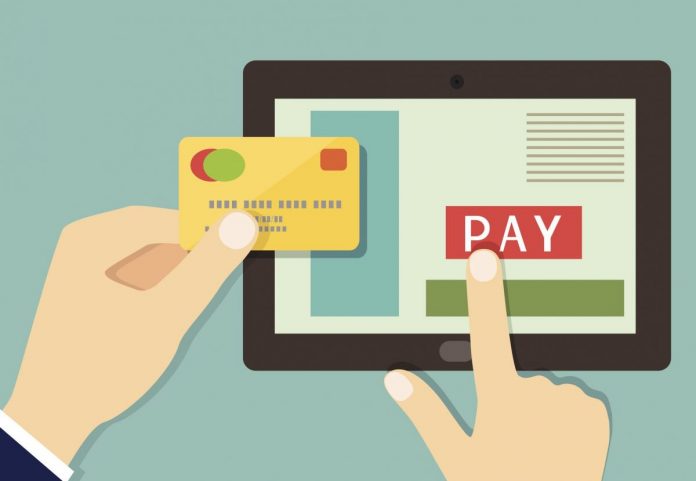Brian Mallari: Why You Need to Back Up Your Business

Worrying about losing data isn’t something you have to lose sleep over if you have an active data backup strategy. March 31st is World Backup Day and there’s no better time to evaluate your business backup plan.
Take a moment to think about all of the data your business currently has stored digitally. Customer account documents, databases, financial statements, years of tax documents, personnel records, presentations, inventory/sales, the list goes on and on.
All of this data is important and worth saving. From a business perspective, this data likely keeps your company up and running. Unfortunately, there are numerous ways data can be lost, including cyber-attacks, viruses, computer crashes, power outages, and human error.
3-2-1 Rule for Backing Up
A common rule of thumb for keeping important data from disappearing forever is the 3-2-1 Rule. It dictates that you should:
- Have THREE copies of your data. One is a primary backup and two are copies.
- Save copies of your backups on TWO different types of media or devices.
- ONE backup copy should be kept offsite in case of disaster.
Each of these points is meant to create data redundancy to ensure that you always have your data available to you in case the worst happens. That said, your backups should be kept current to prevent data loss of more current files. Ideally, schedule backups to happen daily and at night when there’s minimal business activity.
Choosing Your Backup
The right backup storage strategy for a particular business is going to depend on how much data an organization has and how it is used, but in general, the best option for small- to medium-sized businesses (SMBs) is often network attached storage (NAS).
NAS
A NAS solution connects to a local area network, such as your WiFi router via Ethernet, and is used for sharing data among multiple different users who are also connected to the local area network. The device itself is usually comprised of multiple hard disk drives (HDDs).
Each HDD can store different data, or they can be configured to mirror data on another drive to create more data redundancy. More on that in a moment.
You can think of NAS as a mini on-site cloud. It can be configured to serve as a collaborative file server, web server, virtual machine, backup target and media center.
Best of all, a NAS system can scale as your business grows, and they come in a variety of shapes and sizes. A company may start with a two-bay NAS solution that can host two HDDs or can expand to a rack-mounted enterprise-grade box with two-dozen drive bays, or anywhere in between.
DAS
Another option for SMBs is direct attached storage, or DAS. As the name suggests, DAS is connected directly to a computer. This allows for extra storage for backing up data but lacks the network-wide applications and collaborative potential of NAS. Direct-attached storage can feature HDDs for massive capacity or solid-state drives for high-performance.
RAID
One method many SMBs choose to utilize is RAID (redundant array of independent disks) to help provide adequate levels of data redundancy and protection.
RAID can be used on NAS, DAS, or on its own with a single computer. RAID allows multiple drives to appear as a single volume.
There are multiple levels of RAID and each level offers different benefits but can also add complexity. RAID-enabled NAS or DAS systems either come preconfigured for a particular RAID set or allow for configuring certain RAID levels.
Choosing the right RAID level for your SMB will be determined by your particular needs and priorities including performance, capacity and cost. Instead of breaking down every RAID level, here is a quick overview of only the levels that are best suited for SMBs.
Pairing RAID and NAS
RAID can run separately from a NAS. Likewise, your NAS doesn’t have to be configured for RAID. However, after weighing the options, many SMBs ultimately determine that their data backup strategy is best suited to a RAID array within a NAS.
Whatever option is best for your small business, remember to also follow the 3-2-1 Backup Rule and keep current back-up copies in multiple places – physically and digitally.
Brian Mallari is the Director of Business Segment Marketing, HDD Business Unit at Western Digital.
Follow us on Telegram, Twitter, and Facebook, or subscribe to our weekly newsletter to ensure you don’t miss out on any future updates. Send tips to info@techtrendske.co.ke




